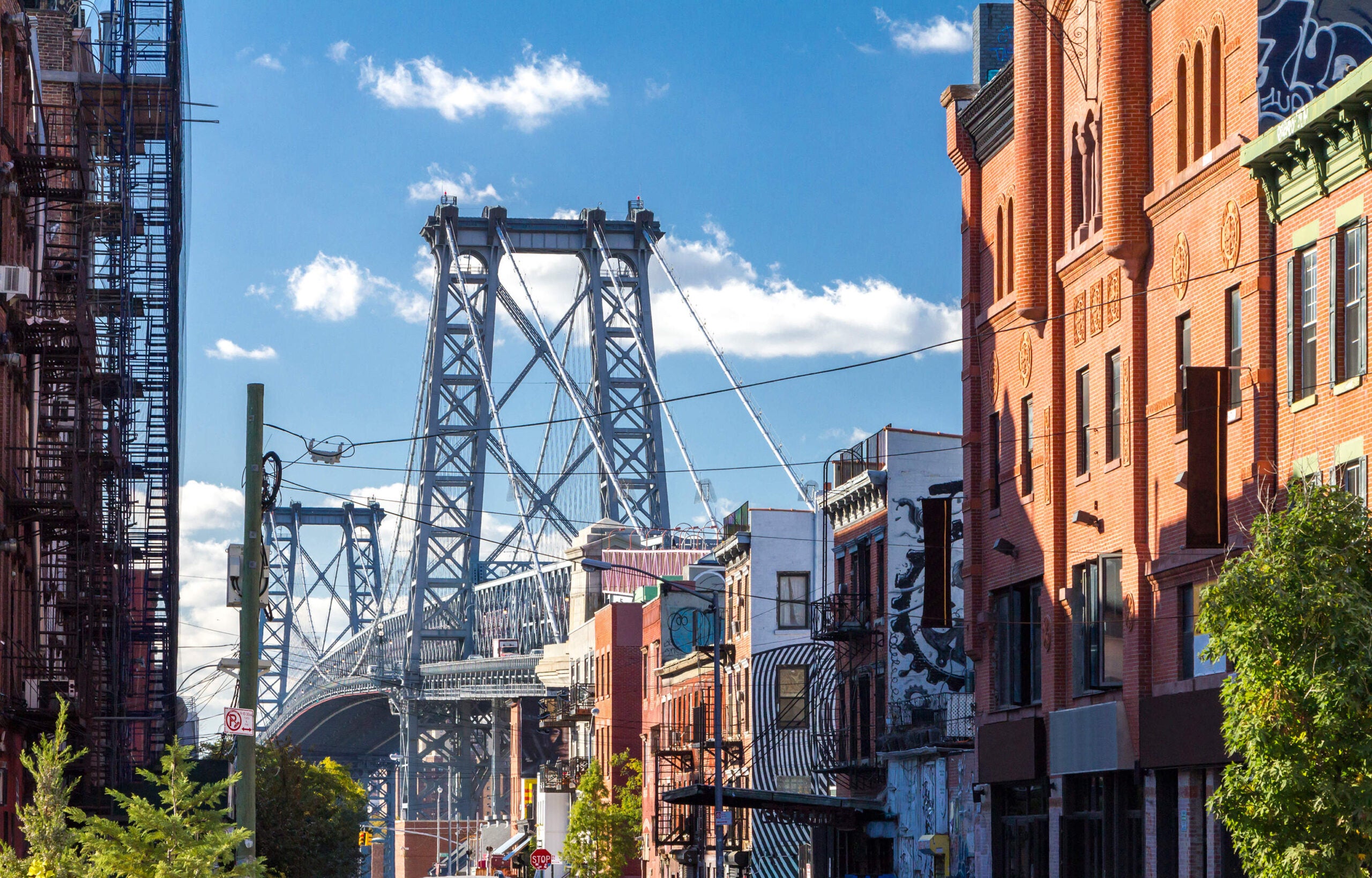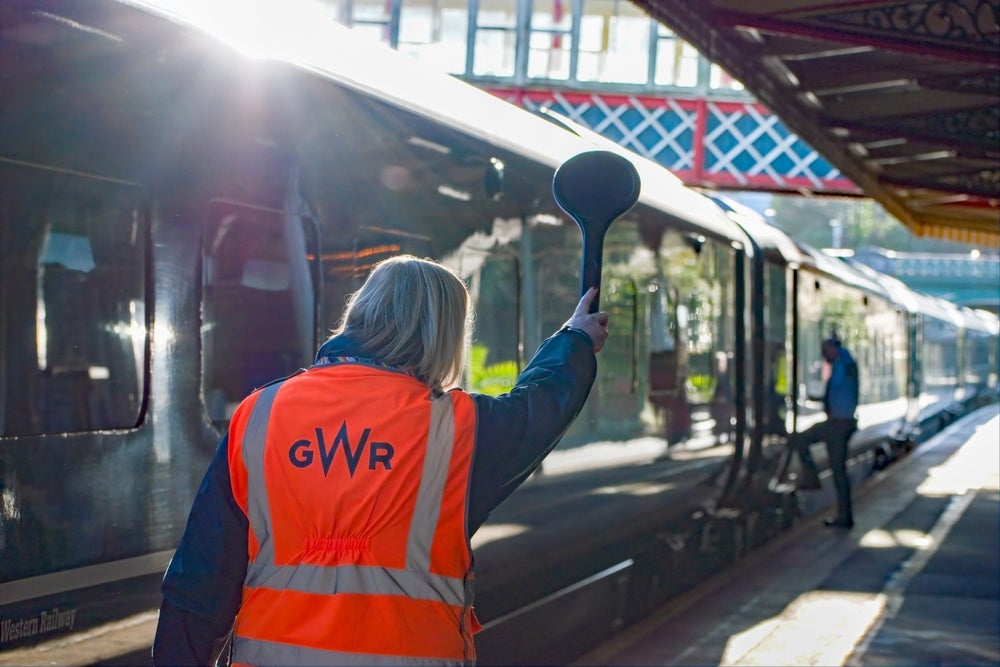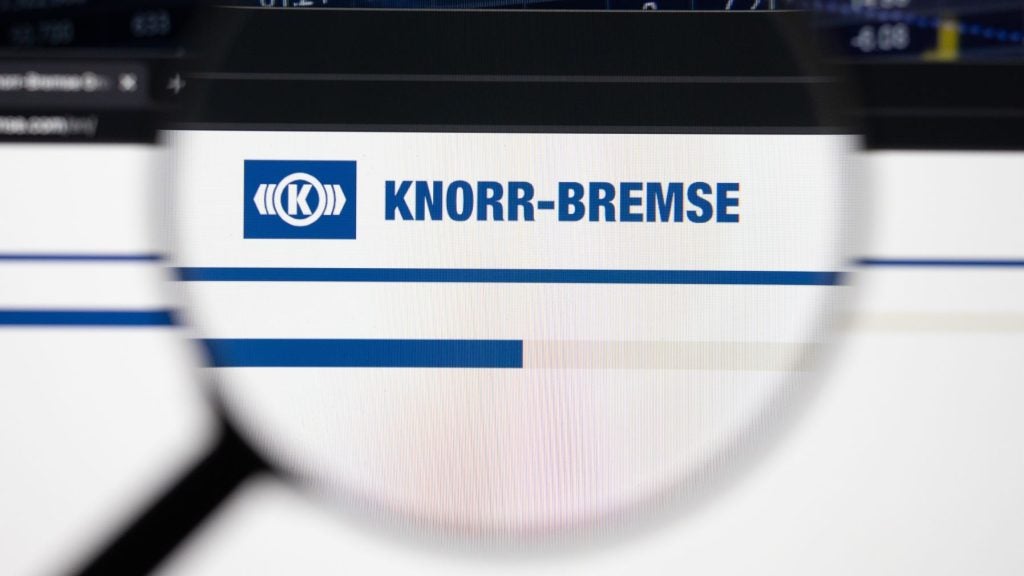
The positive impact that urban rail systems can have on developing communities has been widely discussed in academic circles. Making good transport services available increases connectivity and accessibility, which in turn boosts property prices, lifts local businesses and brings new life to areas that have grown stagnant.
When urban rail systems are lost, the ripples of this can have devastating consequences. This is the situation currently facing communities in New York, which are preparing for the shutdown of the L train service next April.
The Metropolitan Transportation Authority (MTA) is set to suspend services on the L train between New York’s East River and Manhattan for a projected 15 months in order to repair damage caused by Hurricane Sandy. Since August 2018, a ‘pre-shutdown’ has already halted L train services between Manhattan and Brooklyn over the course of 15 weekends prior to the main event.
Since the MTA first announced the shutdown more than two years ago, the media has whipped up a frenzy over the potential disruption. Of the L train’s daily 400,000 commuters, approximately 275,000 passengers currently travel on the section targeted for repairs. To Andy Byford, president of the New York City Transit Authority, the shutdown is the “biggest logistical customer service and community challenge” he has ever faced. Everyone else has taken to calling it “the L-pocalypse”.
Nevertheless, the L train shutdown serves as a case study for how rental prices, local businesses and the culture of a particular area can be impacted when urban rail is withdrawn for a significant period of time.
Why are the works necessary?
The MTA has argued that a shorter, focused closure period, rather than a lengthier partial closure, was the best bet for its repair plans. But what works are actually being carried out?
How well do you really know your competitors?
Access the most comprehensive Company Profiles on the market, powered by GlobalData. Save hours of research. Gain competitive edge.

Thank you!
Your download email will arrive shortly
Not ready to buy yet? Download a free sample
We are confident about the unique quality of our Company Profiles. However, we want you to make the most beneficial decision for your business, so we offer a free sample that you can download by submitting the below form
By GlobalDataWhen Hurricane Sandy swept across New York in 2012, it caused extensive damage to the 14th Street Tunnel, which the L line uses to cross the East River between Manhattan and Brooklyn. According to the MTA, the storm damaged signals, switches, power cables, signal cables and communications cables in the targeted section.
Extensive demolition work will be carried out in the tunnel, including 60,000 linear feet of duct banks, 1,400 linear feet of track, and 270,000 linear feet of cable ducts and associated cables.
The MTA also plans to renovate the Bedford Avenue and First Avenue stations to make platforms more accessible to commuters. A power substation will also be installed to better regulate and recharge trains in the area, which is expected to allow more trains to operate on the line.
Reducing the impact
The MTA has been meeting with elected officials and hosting community workshops to gather local feedback. A host of strategies has been introduced to help alleviate the problems that will inevitably rise as a result of the shutdown, although these remain in constant flux. If anything’s certain however, it’s that commuters will be forced to shift to a variety of new transport methods.
Alongside the New York City Department of Transportation (NYCDOT), the MTA is set to launch the M14 Select Bus service in Manhattan in January 2019, giving citizens a chance to acclimatise to the replacement service by spring. Combined with existing bus services, the service is expected to accommodate 84,000 riders a day, including thousands of customers from Brooklyn and crosstown riders within Manhattan.
The city will also expand services on the J, M, Z, G, 7 and C subway lines in a bid to ensure that they can keep up with a new influx of new commuters. Ferry services crossing the East river will be made more frequent and several miles of new bike lanes will be implemented.
However, an increasing focus on road transport has created ongoing concerns about the impact on the local environment, while critics have also hammered the MTA about the impact on low-income communities. In June, protestors rallied in Bushwick, a Brooklyn neighbourhood, to call not only for more dedicated busways, but for more electric buses to be added to the plan to protect the communities’ public health.
In September, the New York City Council voted to approve new legislation in a bid to appease commuters. This included the creation of community information centres in Brooklyn and Manhattan, as well as a call for New York governor Andrew Cuomo and the MTA to expedite a temporary electric bus fleet for the city.
Spiralling rents
For many commuters, the shutdown has been enough to encourage a widespread exodus from homes in the area, with a particular media focus on the trendy Brooklyn neighbourhood of Williamsburg.
In August, real estate agency StreetEasy carried out analysis of the impact of the L train’s shutdown on real estate. Landlords in Williamsburg, the company claims, have been listing apartments for lower prices, while inventory has increased by 25% since 2017 as a result of renters leaving the neighbourhood. In addition, almost half of Williamsburg apartments that had been listed on the StreetEasy website were renting for lower prices than two years ago.
With the market weakened, landlords are now scrambling to attract renters who are willing to oversee the transport difficulties to snap up a cheaper deal. Renters are now in a much stronger position to negotiate cheaper rents in the area, but retailers and local businesses could be hit hardest by the L train works and by reduced foot traffic due to the cancelled service.
A report from the NYU Rudin Center shows that the highest concentration of restaurants per square mile in Brooklyn is in the immediate vicinity of the Bedford Avenue stop, and that “disrupting service along the L [line] will profoundly affect restaurant owners, their employees and the city’s food services industry as a whole.”
Williamsburg is not the only neighbourhood in Brooklyn which will see large changes as a result of the L line closure. However, it serves as an example of urban rail’s power to make a difference in the make-up of a local community.







